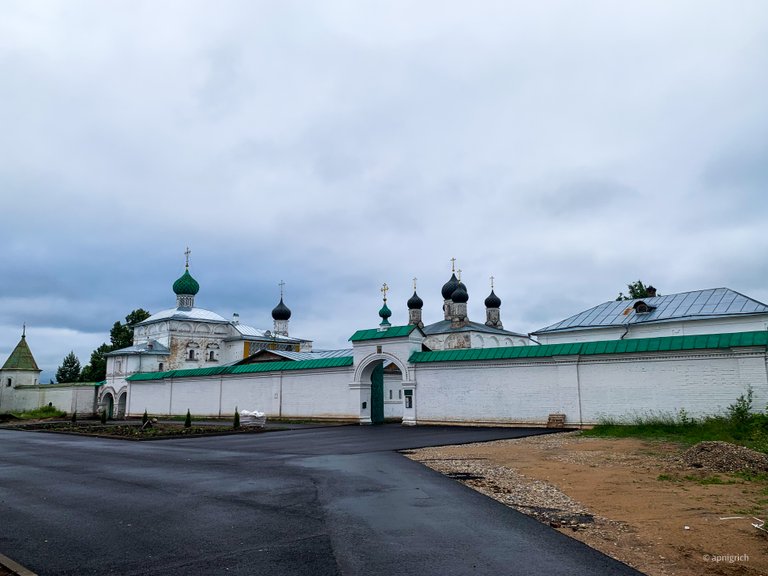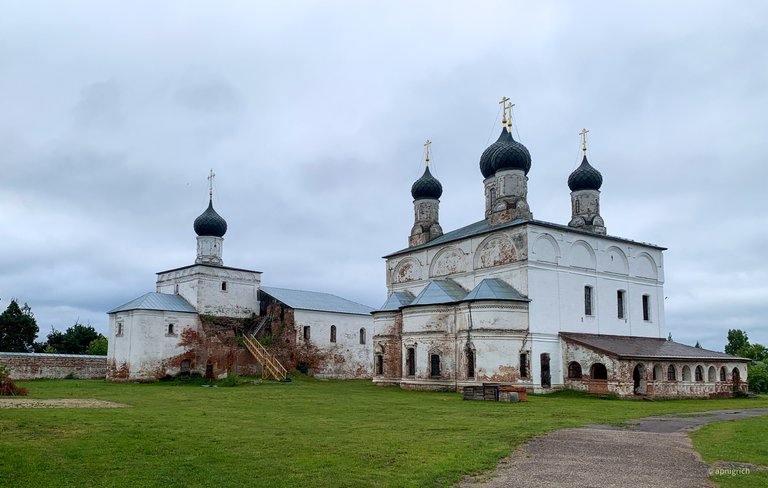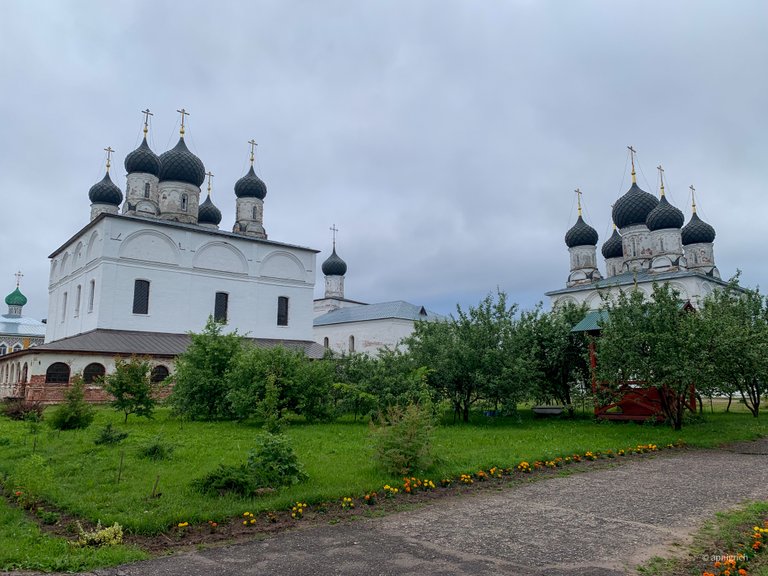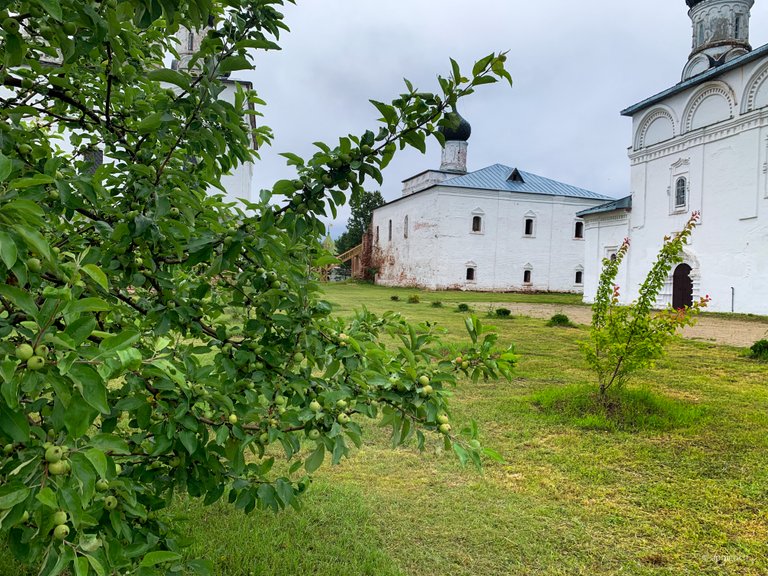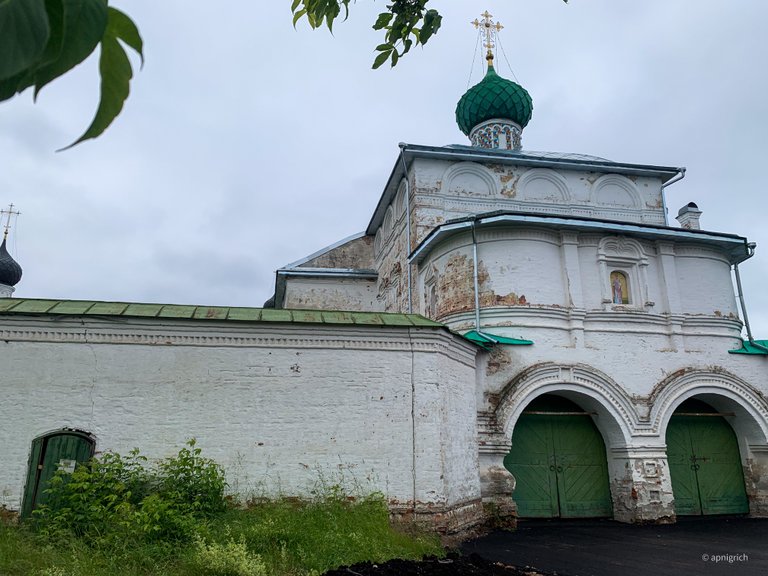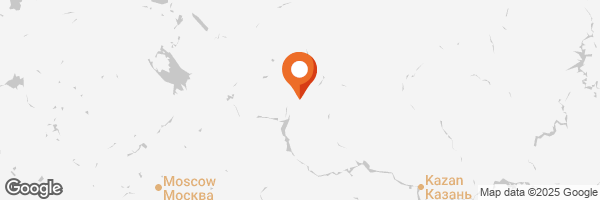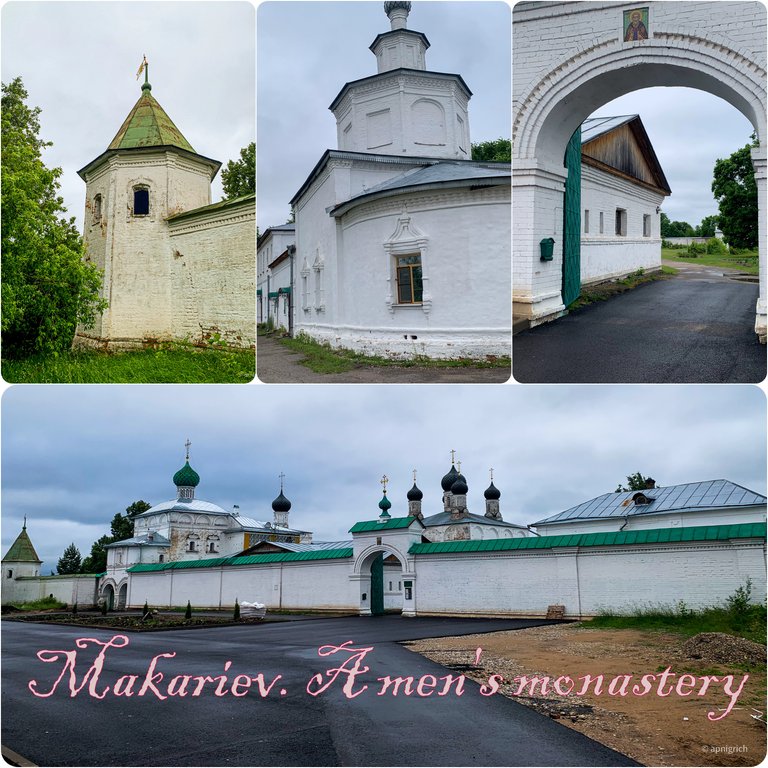
Greetings, friends.
In the early autumn of 1439, seeking solitude, a ninety-year-old man named Macarius came to the banks of the Unzha River and received God's gift to heal people and cast out demons from them. Soon, other monk brothers joined him and founded the monastery, which has been in existence for almost 600 years.
Later, people began to live around the monastery, and a city was formed, which is called Makariev. I got to know this city in 1989 and visit it several times a year. My mother-in-law lives here.
I got acquainted with this monastery in 1990. During Soviet times, a museum was located on its territory. In the noughties of our century, the monastery was handed over to the Russian Orthodox Church, and the nuns came to live here. The monastery has become a women's monastery! Unauthorized people were no longer allowed on its territory.
I do not know exactly when the monastery changed its composition and male monks began to manage these monastery walls. The story took a big turn and began its new countdown.
I arrived in Makariev last night and in the morning, decided to walk along these streets to see the changes in the city. Unconsciously, I decided to walk to the monastery, although I originally had no such plan. These are the changes - there is new asphalt and a new miracle - the doors to the monastery are open!

There is a bulletin board in front of the entrance, on which there is a schedule for the monastery. It turns out that Sacred Services are held here.
I decided to go inside and look at the interior of the monastery. I have absolutely no memory of what's inside.
And I also read the full official name of the monastery - Holy Trinity Makarievo-Unzhensky monastery of the Galich diocese of the Russian Orthodox Church.
I am always surprised by the official names of various government institutions in our country: schools, hospitals, various foundations, and other administrative institutions. Sometimes there is not enough space in the forms for their full names. The official names of church institutions can compete with our state institutions, and yet all these words are difficult to pronounce for a simple modern person. By the way, since July 1, 15 streets in my city of Kirov have been changing their Soviet names to historical ones. Most of the street names are associated with the names of temples. Friends, my friends and I want to swear at these names.

But I want to return to the description of my walk. I went through the gate and didn't see a single person.
During the walk, I had accumulated questions, but I couldn't ask them to anyone.
Why is there a bell hanging on the wall of the building? Maybe it's a ship's bell and they're counting down every hour?

I didn't know that there were several cathedrals outside the walls. There were 5 of them. They need a lot of restoration on the outside, and probably a lot of work and money on the inside to restore. I suspect that the local monks themselves must find a source of funding for the restoration of the monastery.
By the way, I found a website with a description of this monastery and found out that only 7 monks live on its territory, but more than 100 monks lived here before 1917!
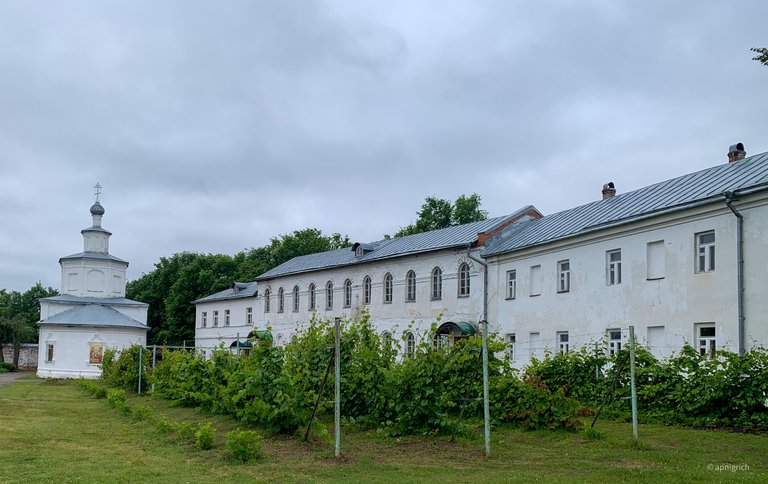
Wow, there's a vineyard here! So the monks will make their own monastery wine.

I see apple trees on the right! They're not very big yet.
In the 90s, I saw an empty courtyard.
By the way, I have an active cathedral ahead of me, and that's probably where the church service takes place.

There are doors visible in the wall behind the church ahead. They're closed now. In the 90s, I entered the monastery through these doors. Behind them is a staircase that leads to the holy spring, or rather, it was there that monks used to take water for their needs.
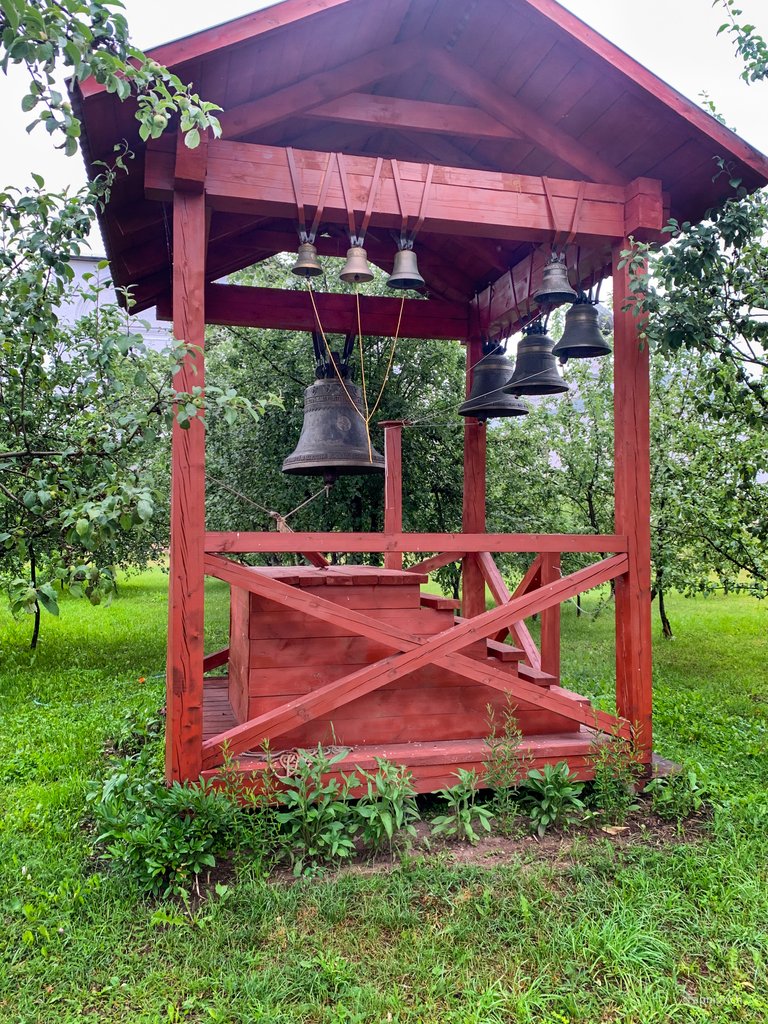
"The bell tower" among the apple trees. Hmm. So there is no bell tower. More precisely, yes, there is none. But why? I wanted to ask this question to the experts.
The monks will have apples in the fall!
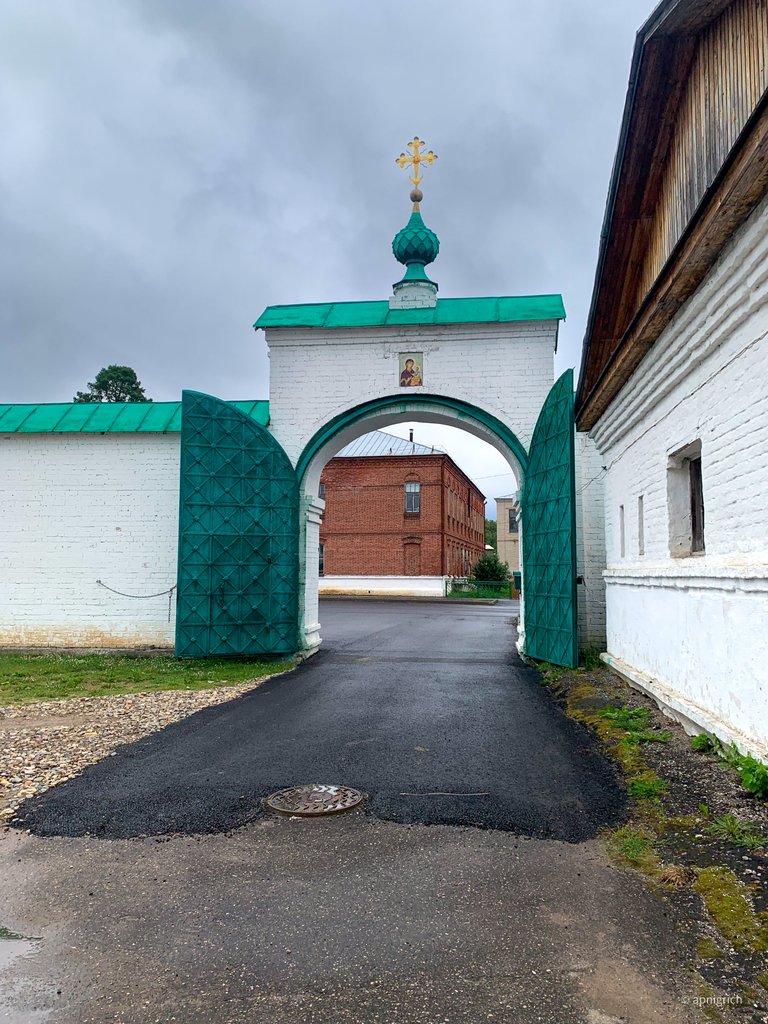
I went to the exit.
I also want to walk along the monastery wall and go down to the chapel with a spring.
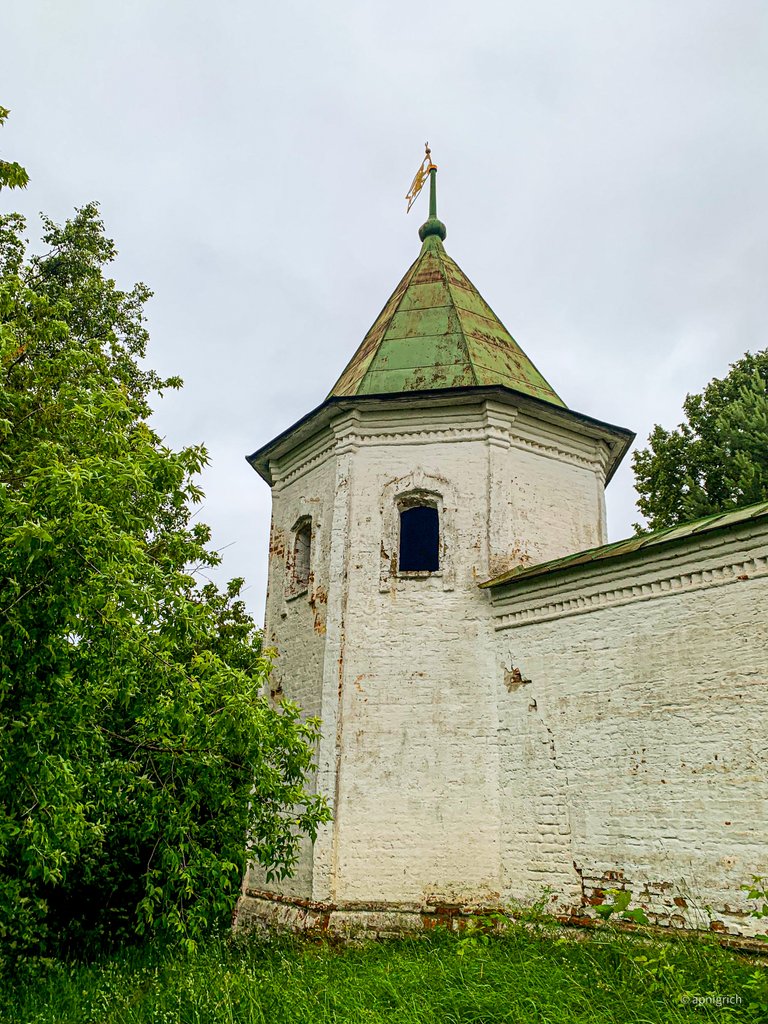
I need to go into these bushes along the path. But it was raining last night, and the grass is damp from the rain.

I stopped and didn't go any further. Tall wet grass, and I'll be soaked to the waist. I decided to go through the city on the way.
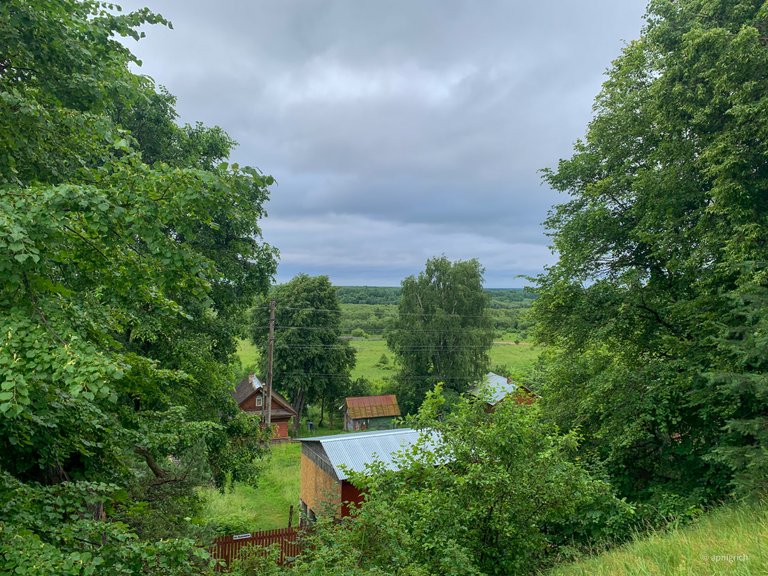
There, in the distance, is the Unzha River, which flows into the Volga.

I have a painting by a local artist at home with a view of this chapel.
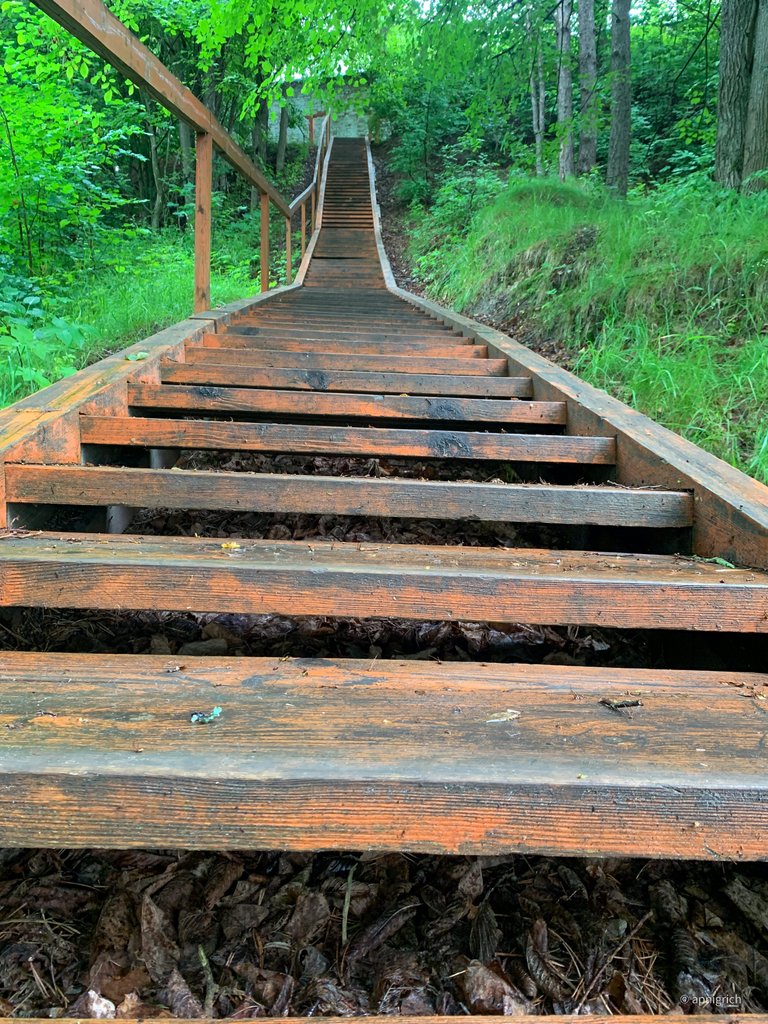
This staircase leads to a door in the monastery wall, but I won't go there anymore, especially since I know the door is closed.

By the way, the location of the city can be seen by clicking on the link to the map in the comments to the article by @travelfeed and @worldmappin


Thanks for reading...
Text & Photography by @apnigrich
With love @apnigrich
Good luck and have fun

